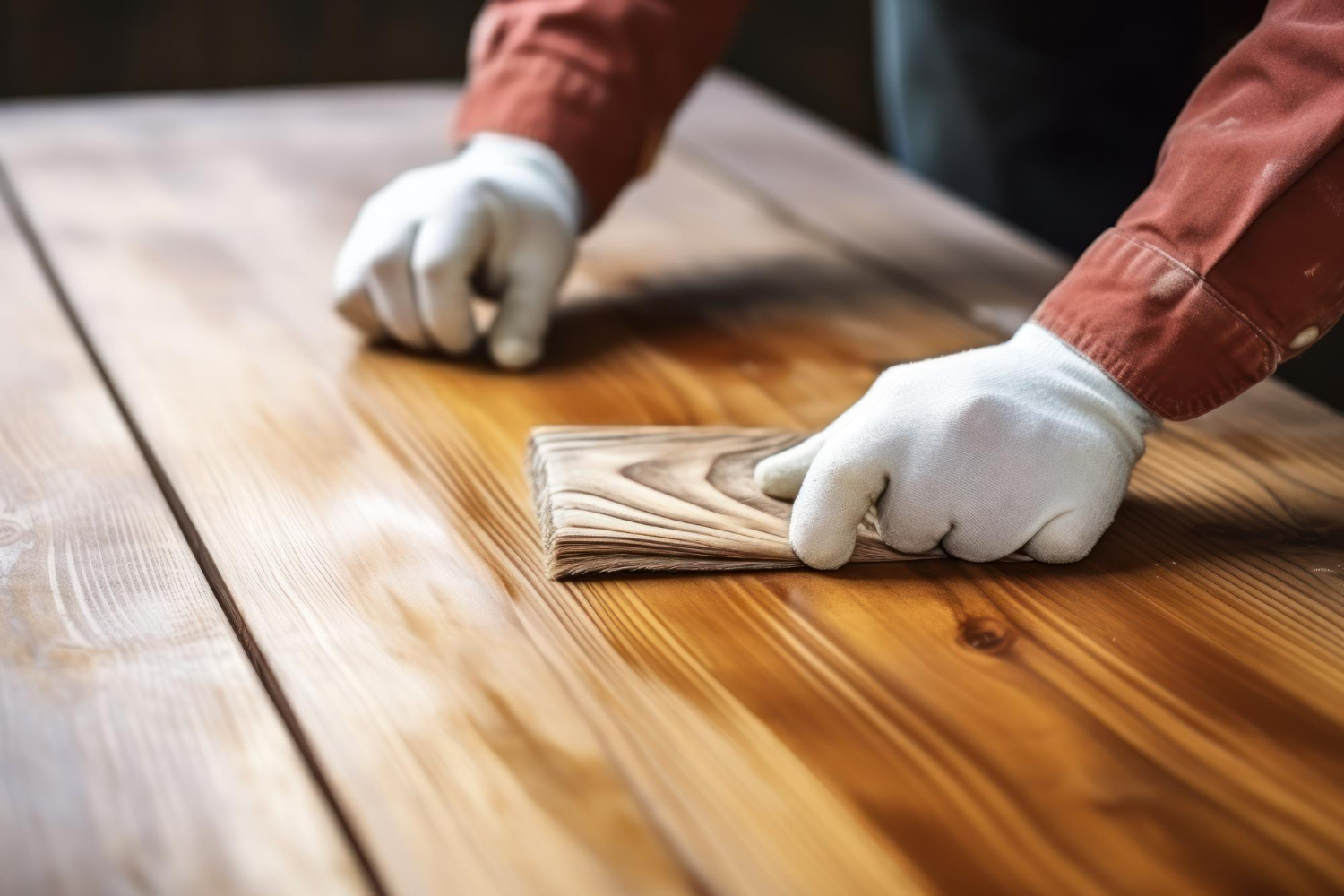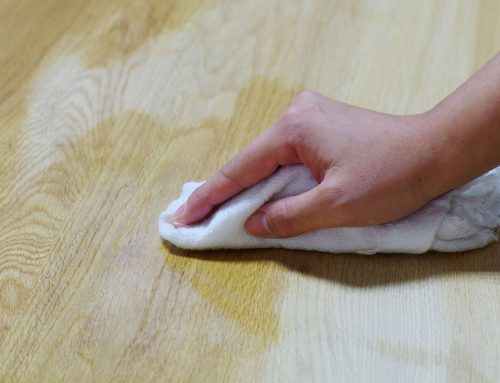Wood floor varnishing is more than just an aesthetic enhancement; it serves as a protective barrier against wear and tear, moisture, and other damaging elements. Proper wood floor varnishing not only preserves the natural beauty of the wood but also extends its lifespan.
A well-varnished floor can transform a mundane space into an elegant and inviting environment. Neglecting this essential step can lead to costly repairs and diminish the overall appeal of your home.
Overview of Common Mistakes
Varnishing wood floors is an intricate process that requires attention to detail and a methodical approach. Many homeowners, in their eagerness to complete the task, commit several common mistakes that compromise the quality and durability of the finish.
These errors range from choosing the wrong type of varnish to improper surface preparation and application techniques. Understanding these pitfalls and how to avoid them is crucial for achieving a flawless finish in floor sanding Birmingham.
Choosing the Wrong Varnish
Types of Varnish: Which One is Right for Your Floor?
Common Mistakes in Wood Floor Varnishing include selecting the appropriate varnish, which is pivotal. There are several types of varnishes available, including polyurethane, water-based, and oil-based varnishes. Each type has its own set of properties and is suitable for different applications.
Polyurethane varnish is renowned for its durability and is ideal for high-traffic areas. Water-based varnishes dry quickly and have low odour, making them perfect for residential spaces. Oil-based varnishes, while providing a rich finish, take longer to dry and emit stronger fumes.
Consequences of Using the Wrong Varnish
Using the incorrect varnish can lead to a host of problems. For instance, applying a water-based varnish on a surface that requires the robustness of polyurethane can result in premature wear.
Conversely, using an oil-based varnish in a poorly ventilated area can pose health risks and cause prolonged drying times. Therefore, understanding the specific needs of your floor and choosing the right varnish accordingly is essential.
Applying Varnish on a Dusty Floor
Effects of Dust on Varnish Application
Dust is the enemy of a smooth varnish finish. When varnish is applied to a dusty floor, the particles become trapped, creating a rough and uneven surface.
This not only affects the appearance but also the durability of the finish in Floor Sanding Birmingham.
Tips to Keep Your Floor Dust-Free
To maintain a dust-free environment, vacuum the floor and surrounding area thoroughly before varnishing. Use a tack cloth to wipe the floor clean.
Additionally, ensure that the room is well-sealed and avoid any activities that may stir up dust during the varnishing process.
Using the Wrong Application Tools
Selecting the Right Brushes and Rollers
Choosing the right tools is essential for a smooth application. High-quality brushes and rollers designed for varnishing can make a significant difference. Foam brushes and synthetic bristle brushes are excellent choices for applying varnish evenly.
Pros and Cons of Different Application Tools
Common Mistakes in Wood Floor Varnishing include using foam brushes, which are great for small areas and detailed work, but they may not hold up well for large projects.
Rollers cover large areas quickly but can sometimes leave bubbles if not used correctly. Synthetic bristle brushes provide a smooth finish but require careful cleaning and maintenance.
Applying Too Much or Too Little Varnish
Finding the Right Balance: How Much Varnish is Enough?
Applying the right amount of varnish is crucial. Too much varnish can lead to drips, runs, and a prolonged drying time, while too little varnish may result in an insufficient protective layer. Striking the right balance ensures a durable and attractive finish.
Techniques for Even Varnish Application
To achieve an even application, use long, smooth strokes and work in small sections. Apply thin coats and allow each layer to dry thoroughly before applying the next. This approach helps in building a strong and even finish.
Ignoring Drying Times
Understanding Drying Times for Different Varnishes
Different varnishes have varying drying times. Water-based varnishes dry quickly, often within a few hours, while oil-based varnishes may take several days to cure fully. Ignoring these drying times can lead to a tacky finish and reduced durability.
Conclusion
Avoiding common varnishing mistakes is essential for achieving a flawless finish that enhances and protects your wood floors. By choosing the right varnish, preparing the surface adequately, and following proper application techniques, you can ensure a professional and lasting result in floor sanding Birmingham.
Proper care and maintenance post-varnishing will keep your floors looking beautiful and enduring the test of time. For more information, Contact Us.


